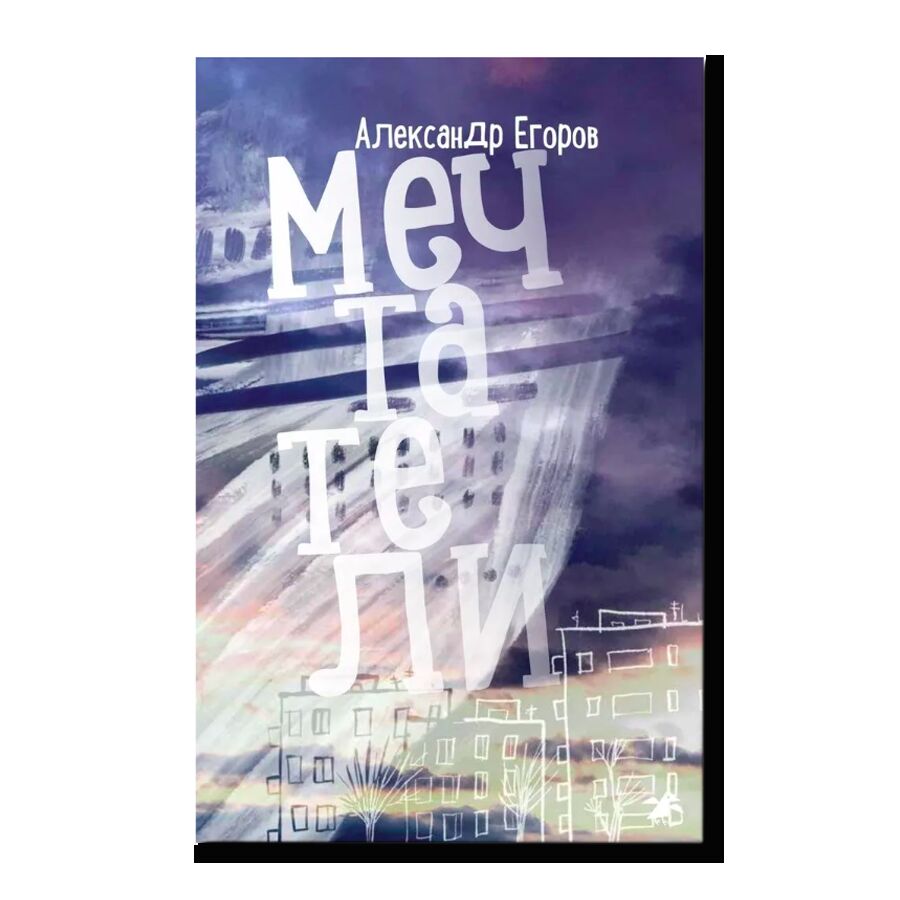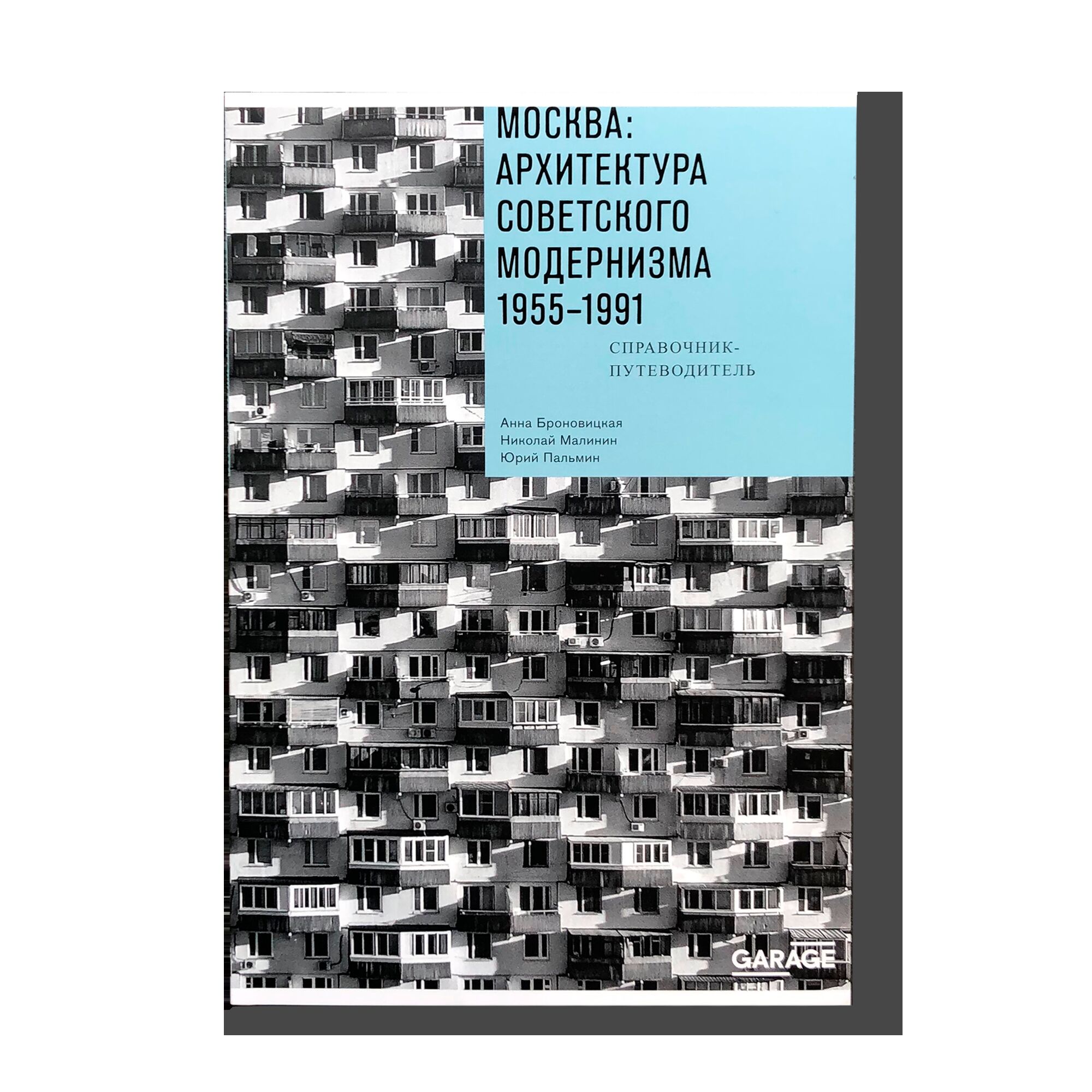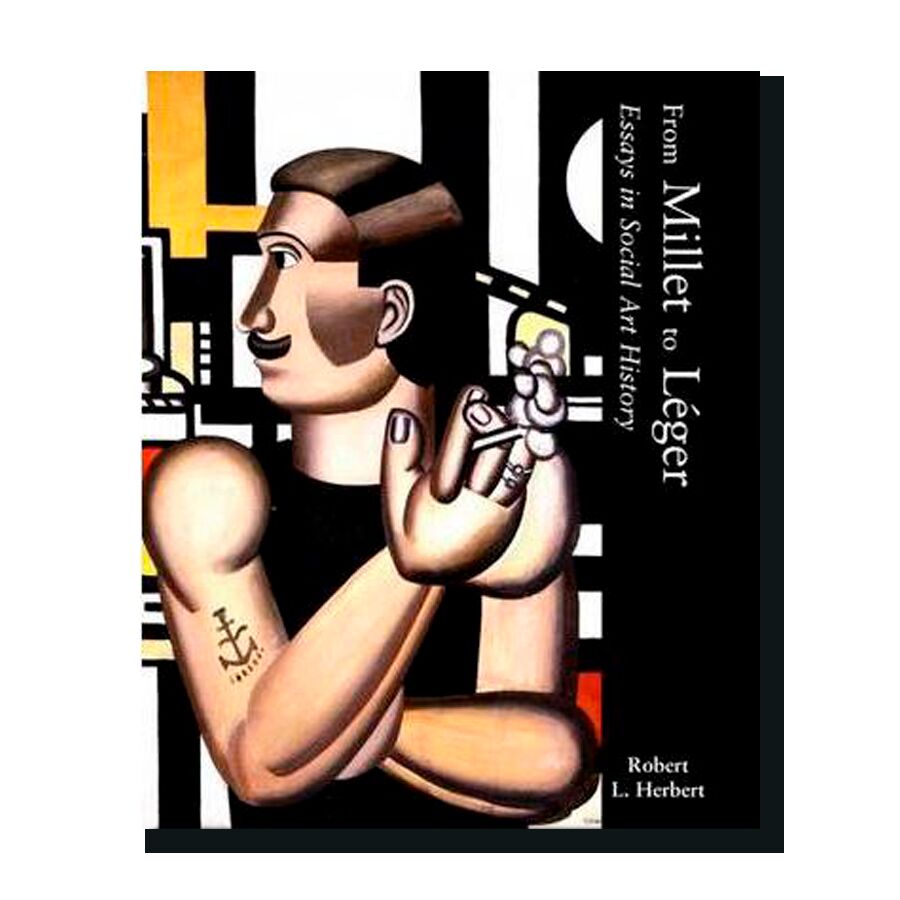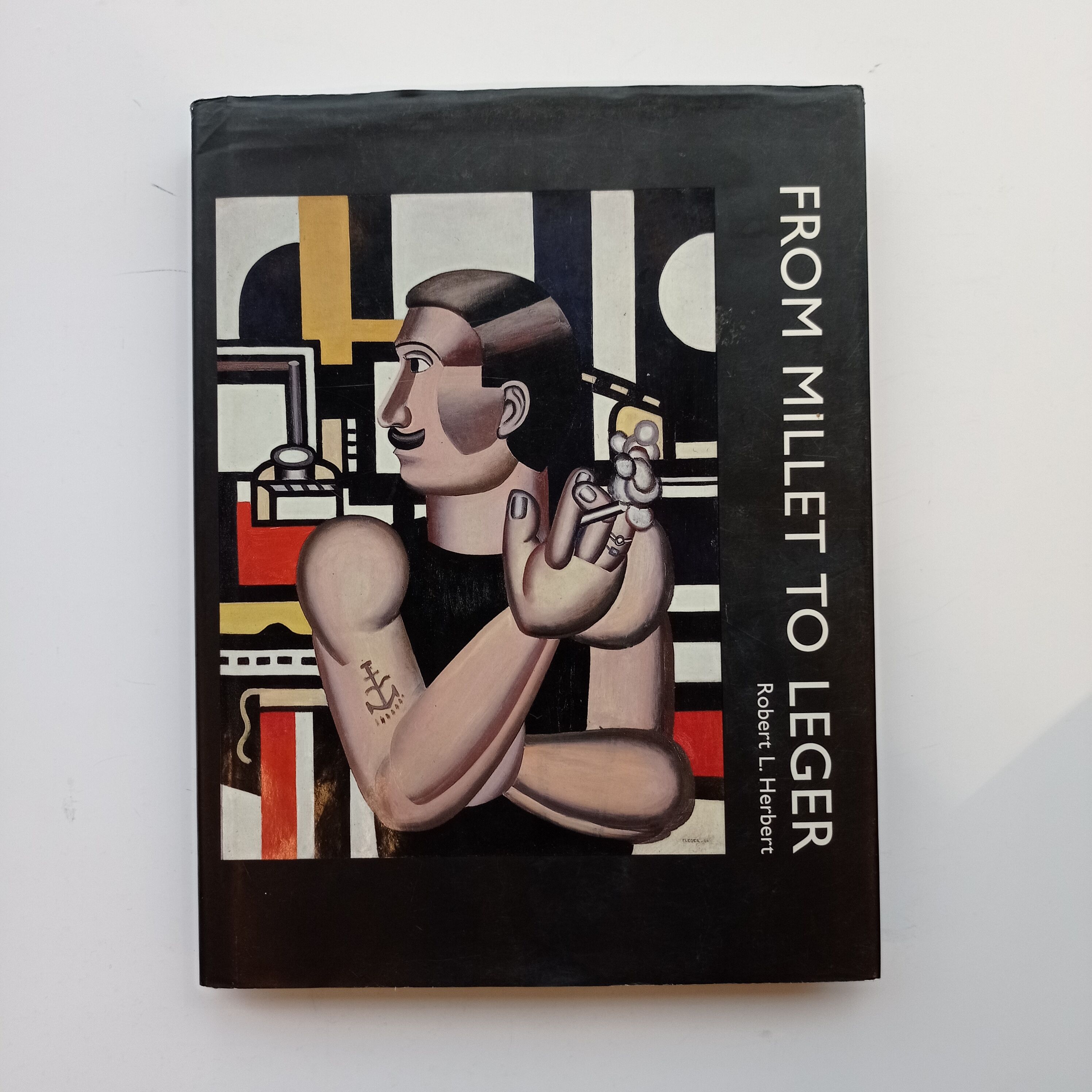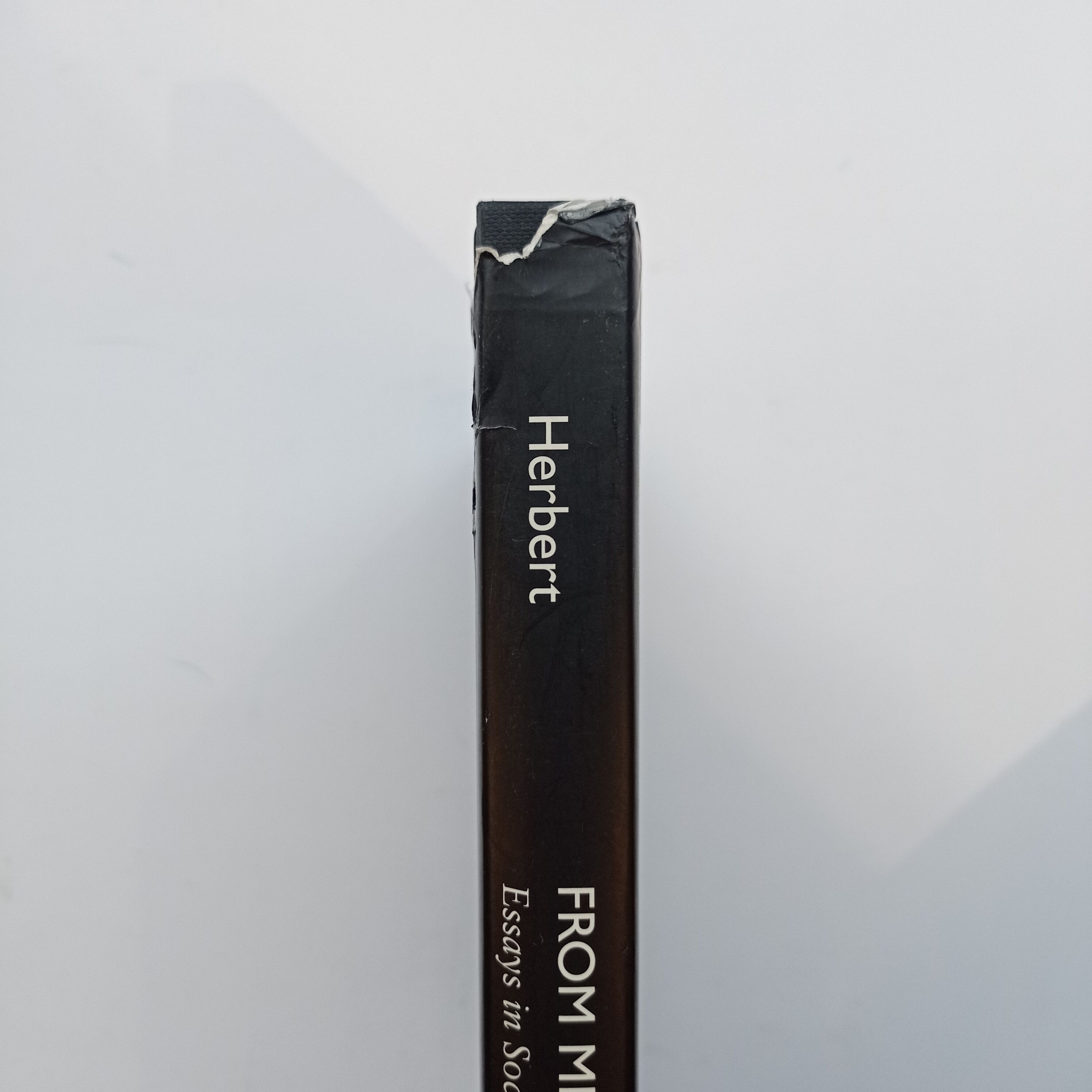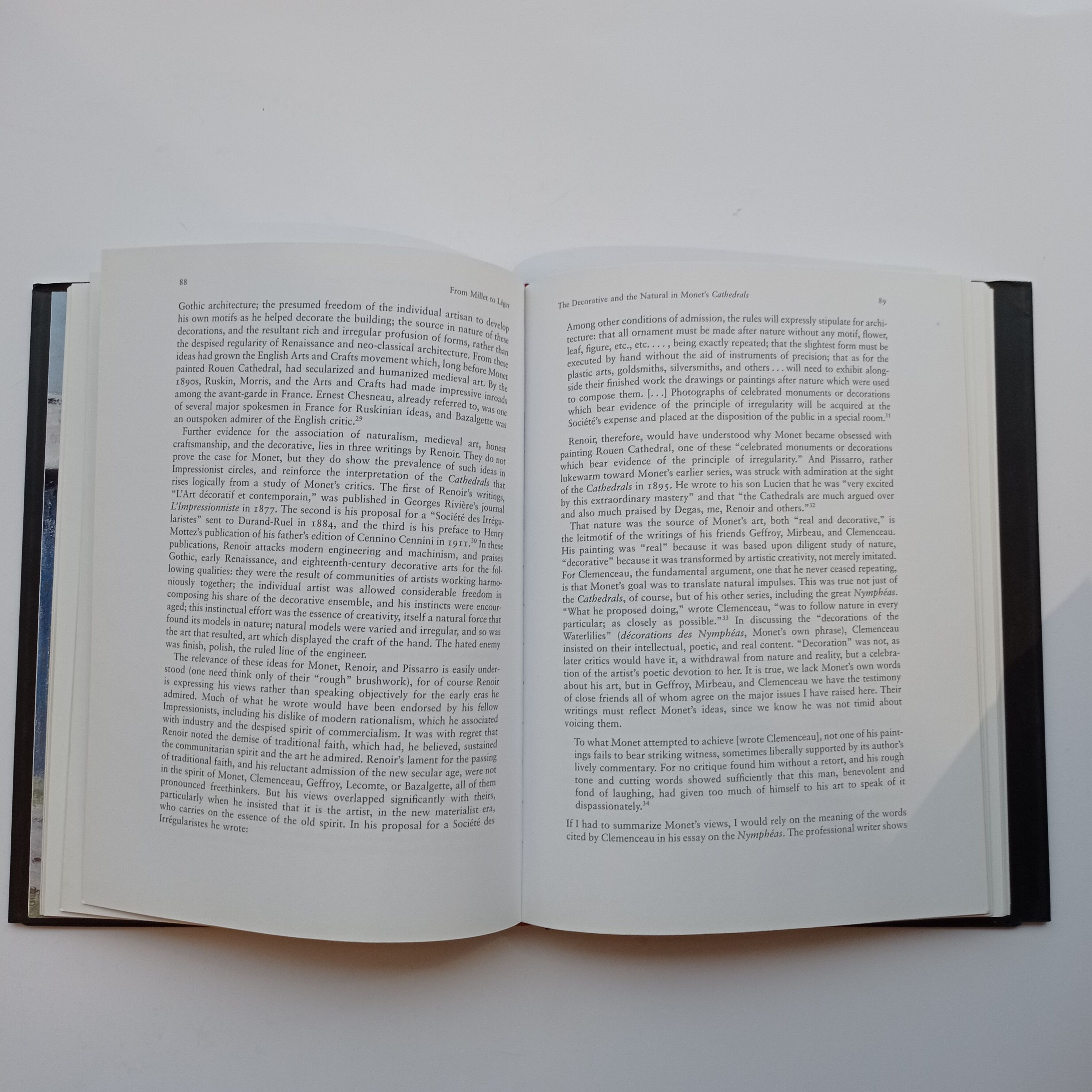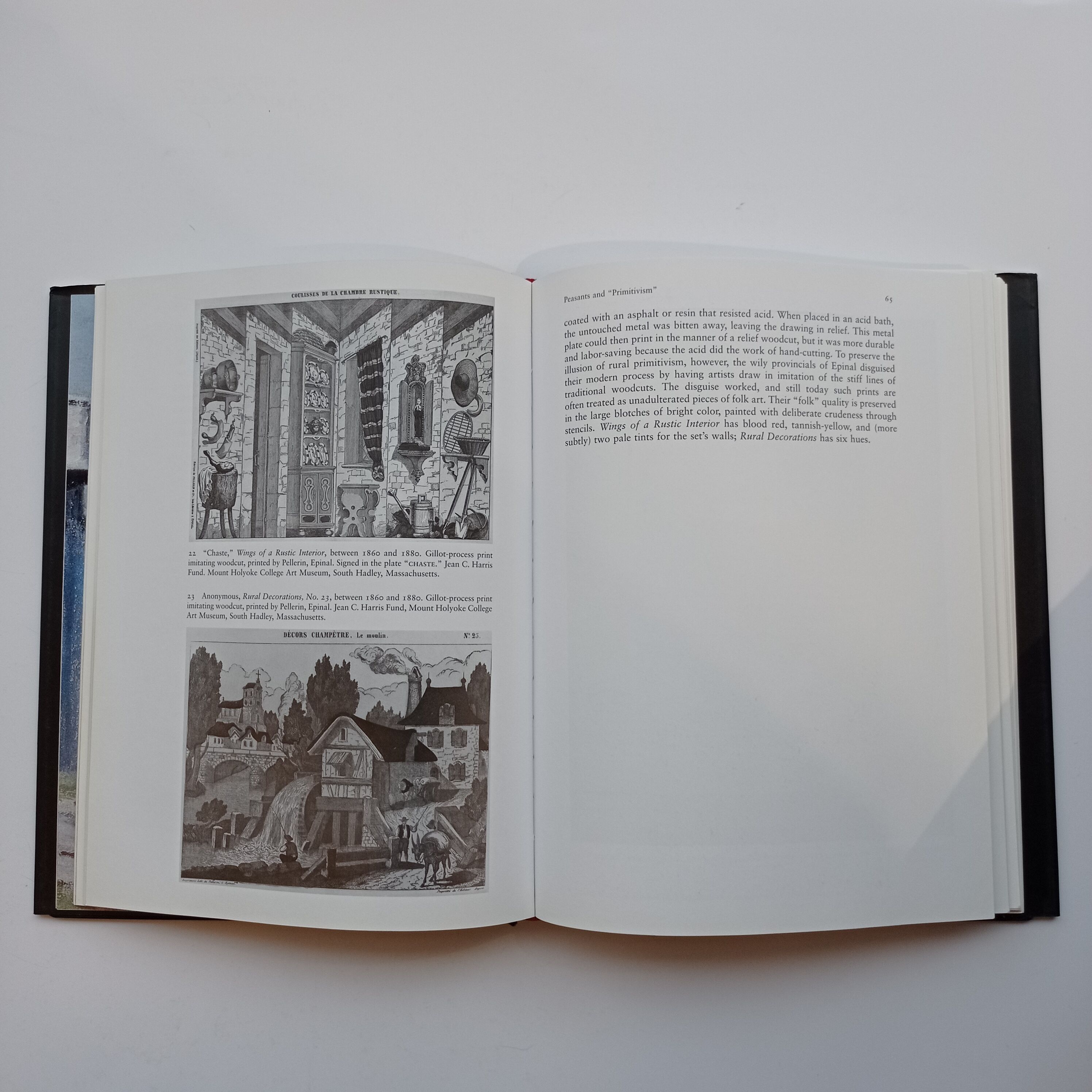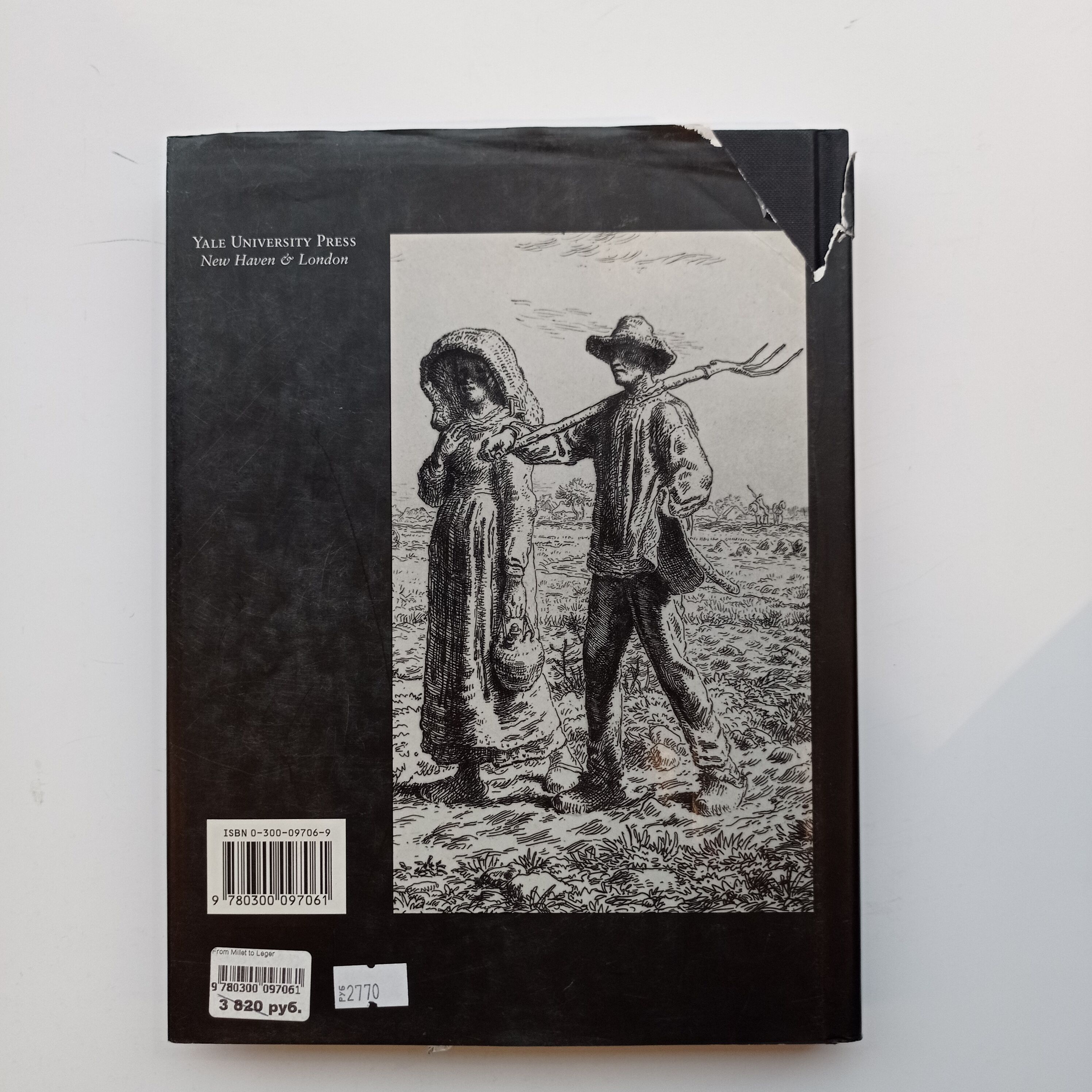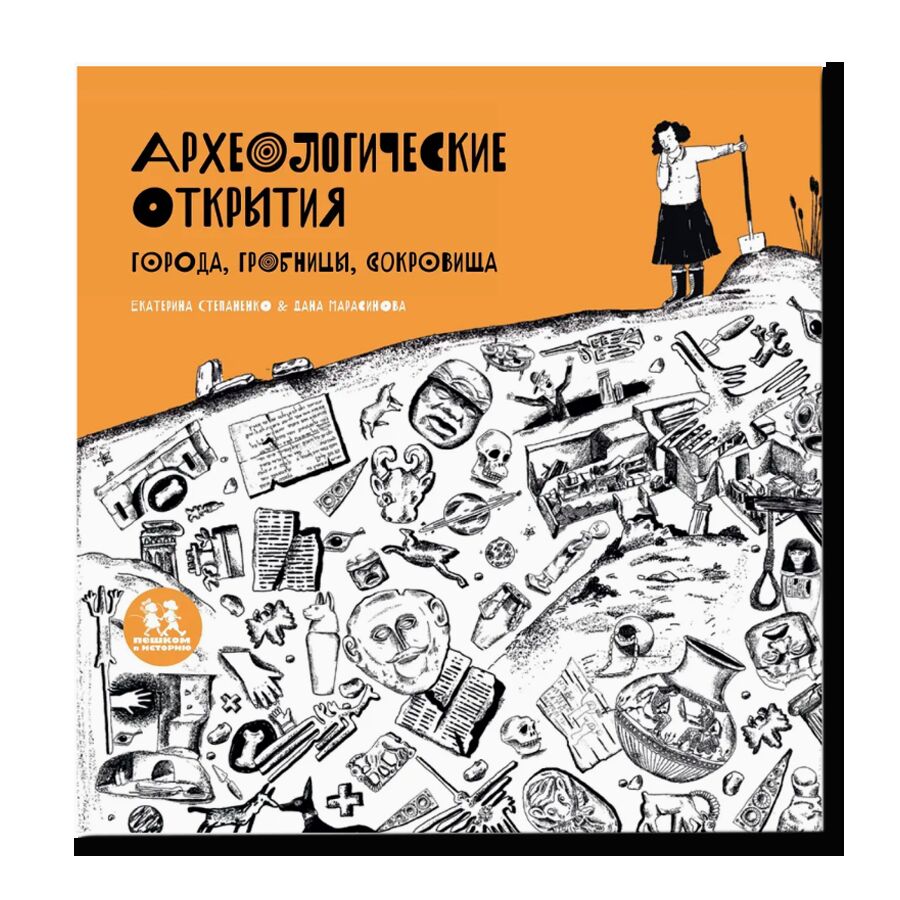From Millet to Leger: Essays in Social Art History
- Year: 2002
- Language: English
- Publisher: Yale University Press
- ISBN: 9780300097061
- Page: 224
- Cover: hardcover
- About the Book
A scholar of 19th- and 20th-century French art, Robert L. Herbert has written extensively on aspects of this subject during his long career. This volume brings together some of his most important essays - works that discuss the artistic and social issues that lie behind the surfaces of notable prints and paintings by such artists as Millet, Courbet, Daubigny, Monet, Pissarro, Signac, Delaunay, Leger and Ernst. In an introduction prepared for this volume, Herbert explains that these essays are linked by a focus on the relation of art to the urban-industrial revolution. The first three essays explore how artists in the second half of the 19th century were attracted to images of rural life and landscape as a reaction to growing industrialization and urbanization, at the same time creating new techniques and pictorial devices whose radical inventions opposed the dominant forms and subjects of academic art. Four essays then address issues of overt social and political opposition among artists, demonstrating that these oppositions were in fact embraced within modernist capitalism as correctives to outmoded traditions. The concluding essays centre on Leger and the period from 1910 to 1925, in which there was a sudden acceptance of industrial imagery and the creation of forms that expressed the dynamism and fragmentation of modern culture.
